The purpose of an R&D Study is to quantify and support a company’s research and development efforts through the analysis of qualifying activities and the expenses those activities generate. The result of the study is the dollar amount of the Research and Development Tax Credit that a company can claim on its tax return.
To calculate the Research and Development Tax Credit, companies first need to identify qualifying research expenses (QRE) that fall into the four following categories: 1) Wages, 2) Supplies, 3) Leased Computing, and 4) Contractor Costs.
Read on for a more in-depth description of each cost, as well as an overview of the federal calculation itself.
Wage Expenses
Often, qualifying wage expenses are the main component of the R&D calculation. To identify how much of a company’s yearly wage expense qualifies as, Adams Consulting will first identify how much of each employee’s time meets the four-part test:
Permitted Purpose – the activity is intended to result in a new or improved product or process (must be improving the functionality, performance, reliability, or quality);
Technological in Nature – the activity must rely on the principles of physical or biological science, engineering, or computer science;
Technical Uncertainty – at the beginning of the activity, the taxpayer must be uncertain as to capability, method, or design;
Process of Experimentation – the taxpayer must evaluate one or more alternatives to eliminate technical uncertainty (e.g., modeling, simulation, or systematic trial and error).
Qualifying R&D time can be determined by either time-tracking (e.g., an individual spent 1,000 hours out of 2,000 total work hours performing R&D activities) or estimated percentages (e.g., an individual spent roughly 50% of their time on R&D activities). That R&D percentage is then multiplied by the amount in Box 1 on the individual’s W-2. The result is the company’s qualifying R&D wage expense for that employee. This calculation is then repeated for every individual in the company who is directly engaging in or supervising an activity that meets the four-part test. The final total of all qualifying wage expenses is one component of the total R&D credit.
Supply Expenses
In addition to qualifying wage expenses, qualifying supply expenses are also considered in calculating the R&D credit. Qualifying supply expenses typically include scrap costs from failed attempts to make a new or improved product or process, prototype development costs, and first runs prior to full production. Any tangible material or item that is not of a depreciable nature can be a qualifying R&D supply expense for calculating the R&D credit.
Leased Computing Expenses
While not always applicable, qualifying leased computing expenses relate to any off-site, computer-related costs that are necessary for R&D efforts to take place. Computers were not as easily accessible when the R&D Tax Credit began in the 1980s, so companies had to rent or lease off-site computers to perform R&D activities. As the use of computers became more commonplace, this qualifying expense started to become obsolete. However, qualifying leased computing expenses have become more prominent again, as cloud hosting services are very popular and qualify as an off-site computing expense that is often required for software developers to perform R&D activities.
Contractor Expenses
Qualifying contractor expenses result when a third-party is paid on a time and material basis to perform R&D activities on behalf of the company. The same four-part test that was used for employees applies to the work being done by the third-party contractor. If all four parts are met, the activity performed by the contractor qualifies as R&D, with the exception of two additional caveats:
The third-party must be fully funded on a time and material basis (i.e., the contract cannot be fixed fee or lump sum)
The company must maintain intellectual property (IP) rights of the development effort
If those two criteria are met, as well as the four-part test, the amount paid to the contractor qualifies as a contractor expense.
Unlike the other three expense categories, the IRS dictates that only 65% of the total amount paid to the third-party contractor qualifies as R&D expense for the R&D credit calculation. However, there are a couple of exceptions to this rule. If the third-party is a university or federal laboratory, the 35% reduction is not required.
Federal Calculation
There are two different methods of utilizing the qualified research expenses (QREs) listed above to calculate the federal Research and Development Tax Credit: Regular Credit and Alternative Simplified Credit.
Regular Credit Method
The Regular Credit method (also known as the Regular Research Credit (RRC), Traditional, or Fixed-Base (FB) method) is the older of the two methods. This method relies on a fixed-base percentage and the average of the prior four years’ gross receipts (as well as total QREs) to determine the R&D credit amount.
The calculation compares two bases: one derived from half of the total QREs, and the other from total QREs less the fixed-base percentage times the average gross receipts. The smaller of the two bases is then multiplied by 20% to determine the R&D Tax Credit. There are two methods used to identify the fixed-base percentage needed for the calculation:
84-88 Method – if a company existed prior to 1984 (or for at least three years during the 1984-1988 period), then this method is utilized for determining the fixed-base percentage. The 1984-1988 method requires the company to identify qualifying research expenses and gross receipts for each year during that timeframe.
Start-up Method – if a company existed after 1993, then this method is utilized for determining the fixed-base percentage. The start-up method requires a company to identify qualifying research expenses and gross receipts for each year in a 10-year span beginning in the year of incorporation.
Alternative Simplified Credit Method
The Alternative Simplified Credit (ASC) method compares current year QREs to the average of the prior three years’ QREs. The average of the prior three years’ QREs is halved and subtracted from the current year QRE total. This result is then multiplied by 14% to determine the R&D Tax Credit. There is one caveat to the ASC method: if any of the prior three years’ QREs totals $0, then step one is skipped, and the total current year QREs are simply multiplied by 6% to determine the R&D Tax Credit.
With either method, the company can also utilize the 280C election, which reduces the R&D credit further but allows the company to fully utilize the R&D expense deduction. This is often the preferred route. The 280C election cannot be made on an amended tax return unless it was made on the originally filed return (which is not usually the case).
Choosing Between Methods
There are a few main advantages and disadvantages of each method:
The RRC method is more complicated but typically yields a higher R&D credit amount than the ASC method.
The RRC method is often more difficult to defend in an examination, due to the estimation nature of determining 1984-1988 or start-up qualifying expenses (however, this is not necessarily the case with recent start-up companies where information is readily available).
The ASC method is much less complicated but due to the nature of rolling averages, can occasionally yield volatile credit results (e.g., if three-year base period years contained more R&D effort, the current year credit will be lower, and vice-versa).
The ASC method is easier to defend in an examination, due to the recency of base-period information.
State Calculations
The calculation methods referenced above apply to federal calculations. However, there are currently 35 states that offer R&D Tax Credit incentives, as well. Each state has its own calculation and set of rules that must be met when determining R&D credit amounts.
Illinois, Iowa, Indiana, Kentucky, and Wisconsin are all states in the Midwest that offer R&D Tax Credit incentives in addition to the federal incentives. Luckily, the Illinois R&D Tax Credit is similar to the federal credit.
Final Thoughts
Adams Consulting has a combined 15 years of experience working with companies to perform R&D Studies and calculate the maximum credit available. We’ll work with your company to calculate both federal and state credits to obtain as much benefit as possible so that you can continue growing and breaking new ground in your industry.

